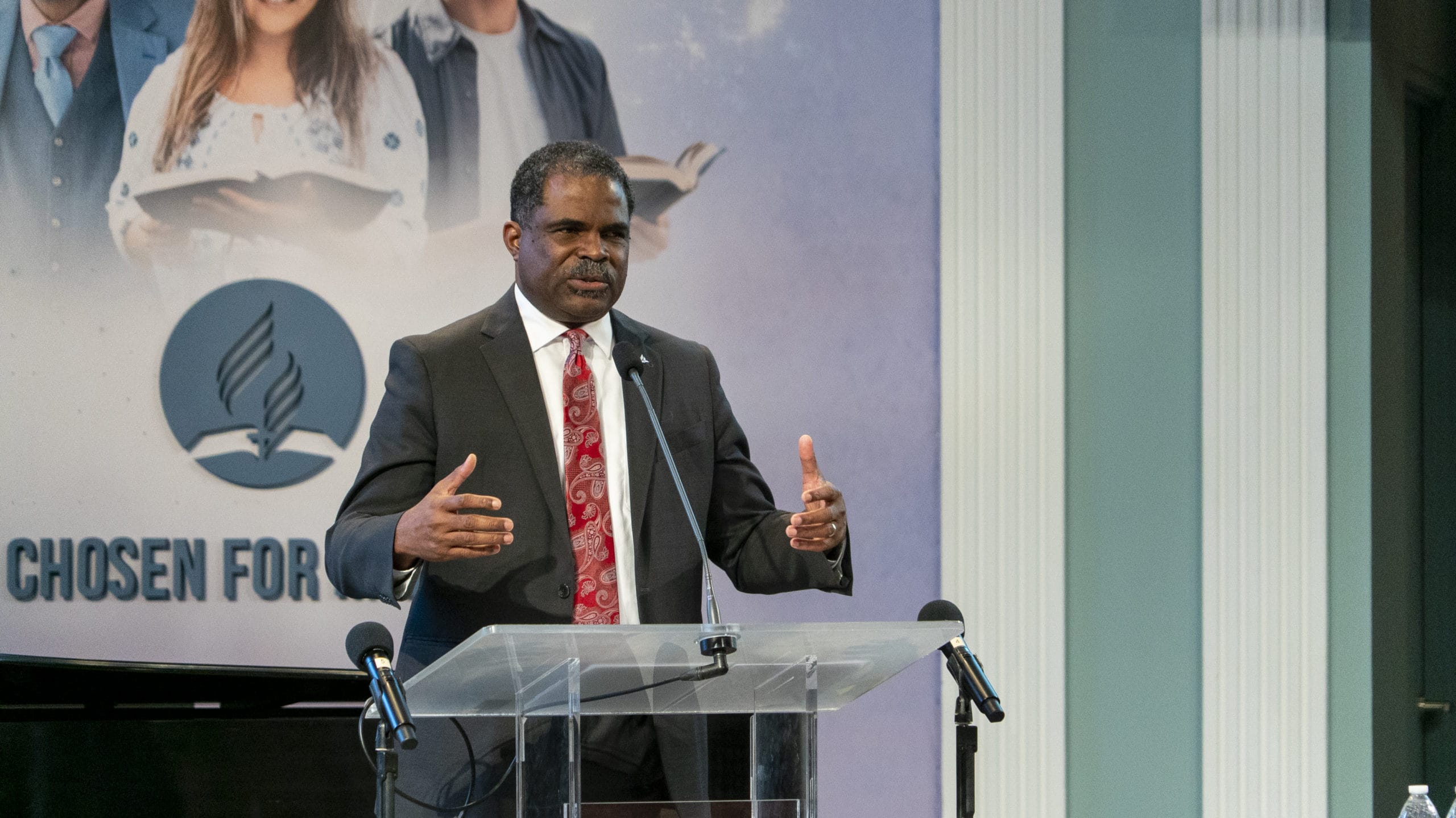
The current solid state of the finances of the General Conference of Seventh-day Adventists (GC) is a result of God’s blessings and its leaders’ conscious efforts to rein in expenditures while increasing funds for mission initiatives around the world, GC treasurer Paul H. Douglas said. His statement was part of the Treasury Report on the first day of the Spring Meeting of the GC Executive Committee (EXCOM) in Silver Spring, Maryland, United States, on April 9.
“The financial position of the General Conference as of December 31, 2023, is strong,” Douglas said. “We praise the Lord for the strong financial position considering the prevailing global economic conditions.”
Very Positive Turnaround
Douglas explained that a very positive sign is that the GC ended the financial year with approximately US$310 million in net assets, of which 92 percent were in cash and investments. “This is not our doing — this is by God and God alone. We have been reminded once again that in times we may consider as turbulent, that in the times we may consider as troubling — God is in control, and He will supply all that we need for us to do what He has called us to do.”
Douglas explained that in 2023, the GC received approximately $13 million more in tithe than the $78 million budgeted. Offerings have also been recovering after the COVID-19 pandemic, Douglas said. “For the year 2023, we have exceeded the budget and prior year of 2022 by $23 and $10 million, respectively,” Douglas said. This means that in 2023, the GC received $97 million in offerings, against the budgeted $74 million.
The steady increase in offerings means that in 2023, only 48 percent of the GC funding came from tithe, reverting a trend in previous years. “The relative equilibrium of tithe and offerings is due in large part to the generosity of our members to support our global mission and not just the local mission that is administered by the churches where they fellowship,” Douglas explained.
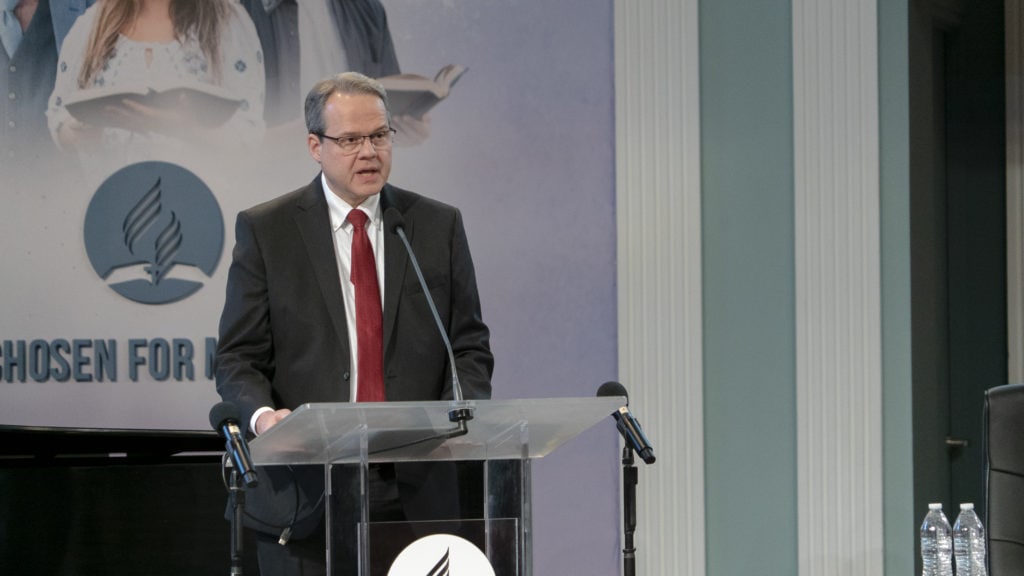
Expenses, Working Capital, and Investments
GC program expenses in 2023 amounted to $172 million. While 43 percent of that amount was spent in mission strategy and support, 15 percent was spent in leadership development and accountability, and 13 percent in media and publications. Also, 9 percent was spent in educational institutions, and another 20 percent on other items. But despite inflationary pressures, Douglas said, “the General Conference was able to keep its expenses the same year over year, which is a testament to our careful attention to spending.”
The working capital and liquid assets figures were also positive, Douglas reported. According to him, these amounts focus on how readily an organization can respond to an emergency so its mission activities would not be disrupted. Douglas explained that the policy in force recommends “a minimum of six months for working capital and a minimum of three months that should be in liquid assets.” But for the General Conference, he said, “we have decided by an action of this body that our minimums should be set at 12 months and 9 months, respectively.” Douglas was happy to report that at the end of 2023, the GC had 13.9 months of available working capital and 11.1 months in liquid assets.
Regarding investments Douglas emphasized that he “would like to praise the Lord for the significant turnaround in the value of our investments.” After a reduction in the market value of $18 million in 2022 due to the volatilities in the financial markets, a rebound in 2023 has significantly increased their market value. “Yes, the financial markets are volatile, but I would like to assure the body … that our investment philosophy is consistent with being proper stewards of the resources God has entrusted to us,” Douglas said.
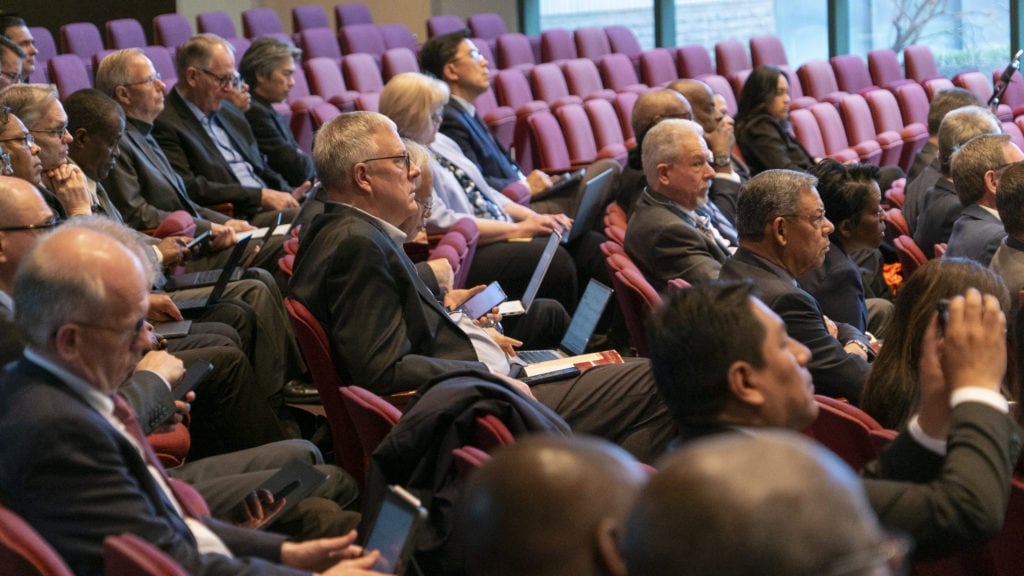
Substantial Savings
In the next segment of the Treasury Report, GC undertreasurer Ray Wahlen reported on the Operating Cap for 2023, or the amount of money that the GC can spend annually according to policy. Wahlen was happy to share that in 2023, the GC operated at just 76.78 percent of the amount mandated by the Executive Committee.
According to Wahlen and unlike in previous occasions, where low points of spending were the result of financial crisis, in 2023 the primary reason for the low percentage spent was “due to total world tithe recovering from global economic downturns at a faster rate than the planned expense posture for office operations.”
This report, Wahlen emphasized, is “a testimony to the power of God and the faithfulness of His many Christian stewards around the world.”
Douglas agreed. “In 2023, we can say God has continued to bless His church through the faithfulness of our members so we can be about our commission to reach the world for Christ.”
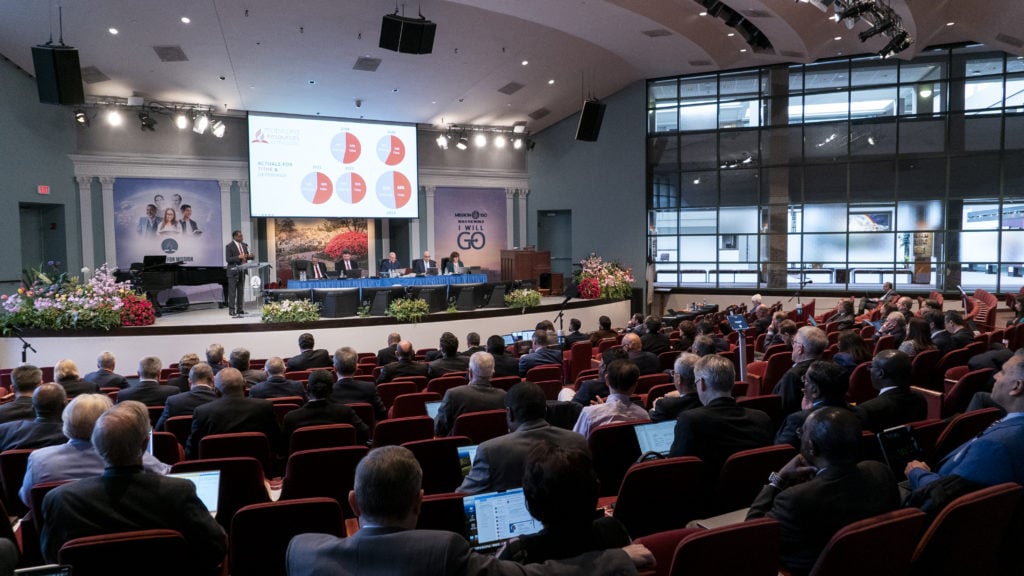
Two Mission Impact Funds
As an example of how the current solid financial state of the General Conference directly intersects with mission, Douglas referenced two specific funds connected to mission projects at various levels of the church.
The first Mission Impact Fund, which was implemented in 2021, commits resources to support mission projects generated by local churches, he reminded GC EXCOM members. By providing support to local churches whose project submissions are approved, GC leaders seek to emphasize their intent to inspire local churches, invest in the frontline mission of local churches, and impact the world for Christ, one community at the time, Douglas emphasized. He reported that in 2025, US$5 million is available for allocation to that fund.
Concurrently, and for the first time, a second Mission Impact Fund will see the allocation of financial resources to support world divisions and attached fields of the Adventist Church that implement a territory-wide evangelistic initiative in 2024, 2025, 2026, or 2027. In the case of this second fund, the focus will be on regions that submit a comprehensive plan involving their unions, local conferences, and local churches, Douglas explained.
He added that the investment per church entity highlights the intent of the GC to inspire church leaders and members in a territory-wide evangelistic initiative, invest financial and technological resources, and “impact the kingdom of God with a high harvest of souls who in turn become active disciples of Jesus Christ.” He added, “We are committed from the General Conference to support each division and each attached entity [to cover] up to 20 percent of the total program cost up to $500,000 per entity.”
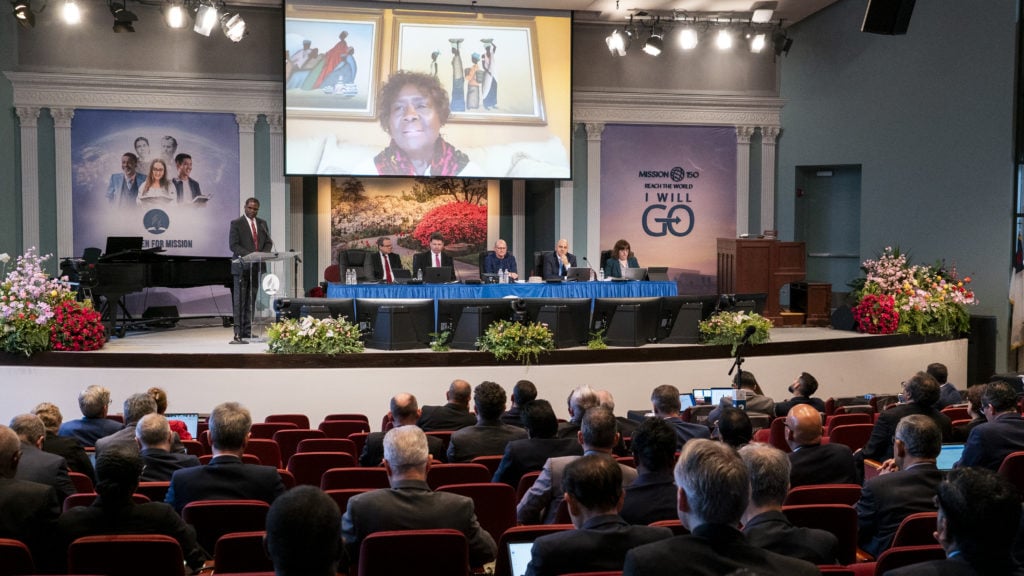
It’s Already Happening
Among the major regional initiatives already planned is the East-Central Africa Division Evangelism Impact (EEI) 2025, which will support evangelistic plans across the 11 eastern and central African nations comprising that church region, Douglas reported. “They have a bold plan, a Holy Spirit–empowered plan to double the membership of that division.”
The plan includes engaging 33,000 different sites for the proclamation of the gospel, Douglas shared.
Also, in the North American Division, Pentecost 2025 is seeking to plan, schedule, and implement “Three Thousand Proclamation Initiatives” for 2025, Douglas reported. “This is not just evangelism of making friends and having different health activities but actually proclaiming the Word of God,” he said. “The division is involved, its unions are involved, its conferences are involved, their members are involved, [and] the General Conference comes by to be involved, as it mobilizes resources for mission.”
A Paradigm Shift
Overall, GC Treasury leaders explained, the latest moves are part of a paradigm shift that seeks to underpin concerted efforts to refocus on mission. “We need to be more intentional with strategy,” Douglas said. “If we really believe Jesus is coming soon, we must think and act differently. And we must ask and answer the right questions.”
Douglas emphasized that in the past, there were just slices of an appropriation pie, a silo approach in the church’s programs, and spending without accountability. “The idea now is being more intentional with our strategy, integrating our efforts and investing for mission impact,” Douglas said. “We will implement, in the coming days and beyond, a model that will guide us on how to invest with impact.”
The goal is, Douglas said, to eschew activities that demand high investment and low impact, and low investment with low impact. “We need to fix and forget those kinds of activities,” he said. “Why are we here? What are we doing with the resources God has given us?” he asked.
Finally, Douglas emphasized, the church needs to move to activities of high impact, even finding activities which demand low investment but have a high impact, moving from areas that are “senseless and slack” to those areas that are “smart and strategic.”
Positive Feedback from the Floor
Several EXCOM delegates walked to the microphones on the floor to voice their support for the initiative.
“We are happy about the impact of the second [Mission Impact Fund], which deals with the evangelistic activities in the whole territory,” Robert Osei-Bonsu, president of the West-Central Africa Division, said. “We believe this is laudable and has motivated us to go into evangelism.”
David Kayombo Ndonji, from the Northern Zambia Union Conference in the Southern Africa-Indian Ocean Division, agreed. “I want to confirm the impact [an increase of funds] is having in our territory…. I just want to encourage [everyone] to have the same spirit,” Ndoji said through the Zoom videoconference platform. “When we talk about finances, we should talk about mission, [and about] why we are doing what we are doing.”
Retired GC vice-president Ella Simmons, also speaking through Zoom, said she wanted to offer words of affirmation as well. “As a retiree, I can now process these items from the perspective of a local pew church member,” Simmons said. She added that at the same time, she remembers multiple strategic planning meetings when committee members used to discuss the need for alignment between mission and resources. Now, all of that is becoming a reality, she said. “God is working in His church, and we are so thankful for what Treasury has presented today,” she said.